

STATCOM (Static Synchronous Compensator) plays a crucial role in maintaining voltage stability in power systems by dynamically injecting or absorbing reactive power (VARs). Its ability to regulate voltage levels makes it essential for improving power quality, especially in grids with high renewable energy penetration or heavily loaded networks,mainly in medium or high voltage networks.
STATCOM (Static Synchronous Compensator) is a power electronics-based device used in electrical power systems to provide fast-acting reactive power compensation, voltage regulation, and stability enhancement. It is a member of the Flexible AC Transmission System (FACTS) family and is widely used in modern power grids to improve power quality and system efficiency.
A STATCOM consists of a Voltage-Source Converter (VSC), a DC capacitor, and a coupling transformer.
The VSC generates an AC voltage in phase with the grid but with adjustable magnitude.
If the output voltage is higher than the grid voltage, it injects capacitive reactive power (leading).
If the output voltage is lower, it absorbs inductive reactive power (lagging).
The DC capacitor provides the necessary energy storage for the converter.
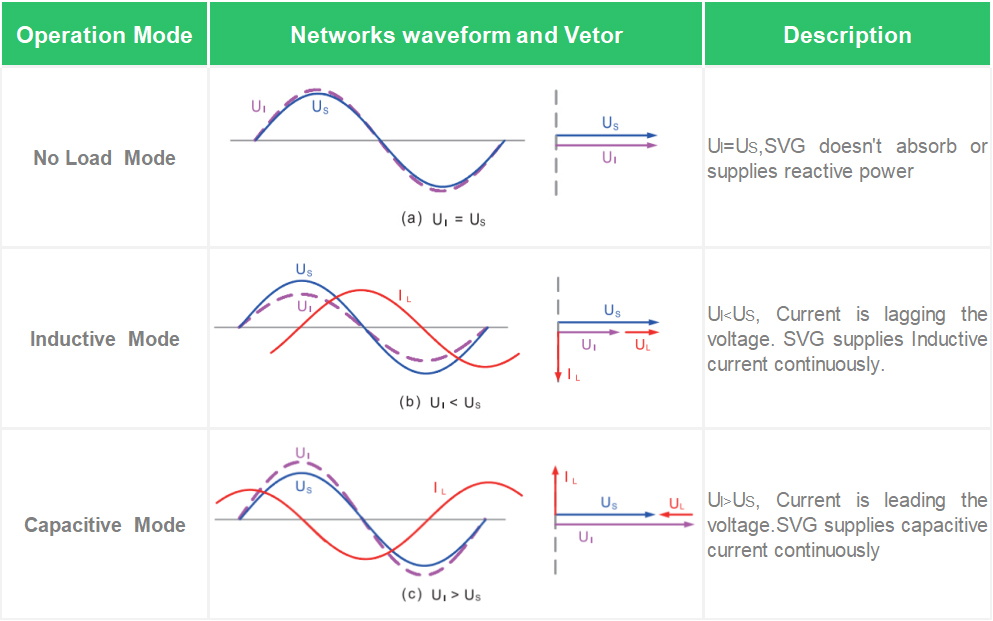
Reactive Power Compensation
Generates or absorbs reactive power (VARs) dynamically to maintain voltage stability.
Unlike traditional SVCs (Static VAR Compensators), STATCOMs use voltage-source converters (VSCs) for smoother and faster response.
Voltage Regulation
Maintains bus voltage at a desired level by injecting or absorbing reactive power.
Helps mitigate voltage sags, swells, and flicker.
Dynamic Performance
Faster response compared to mechanical switches and thyristor-based compensators (response time in milliseconds).
Effective in damping power oscillations and improving transient stability.
No Need for Large Capacitors/Reactors
Uses DC capacitors and power electronics (IGBTs/GTOs) instead of bulky passive components.
Black Start Capability
Some STATCOMs can help restore power in case of a blackout by providing reactive power support.
STATCOMs (Static Synchronous Compensators) and SVCs (Static VAR Compensators) both provide reactive power compensation, but STATCOMs offer superior performance in modern power systems. Below is a detailed comparison:
| Device | Response Time | Implications |
| STATCOM | < 1 cycle (5–10 ms) | Better for transient stability, flicker mitigation, and rapid voltage control. |
| SVC (TCR/TSC) | 2–4 cycles (40–100 ms) | Slower due to thyristor switching delays. |
✅STATCOM wins → Essential for wind/solar farms, HVDC links, and weak grids needing ultra-fast corrections.
| Device | Behavior During Voltage Dips |
| STATCOM | Maintains full reactive current even at very low voltages (down to 0.2 pu). |
| SVC (TCR/TSC) | Reactive power output drops with voltage² (P = V²/X). |
✅STATCOM wins → Critical for fault ride-through (FRT) in renewables and preventing blackouts.
| Device | Components | Space Requirement |
| STATCOM | Voltage-Source Converter (VSC) + DC capacitor | Compact (30–50% smaller than SVC). |
| SVC (TCR/TSC) | Thyristor-controlled reactors (TCR) + capacitor banks | Bulky (large reactors & capacitors needed). |
✅STATCOM wins → Ideal for urban substations, offshore platforms, and mobile installations.
| Device | Harmonic Generation | Filter Requirements |
| STATCOM | Low (PWM-controlled, <3% THD) | Minimal filtering needed. |
| SVC (TCR/TSC) | High (5th, 7th harmonics) | Requires bulky filters. |
✅STATCOM wins → Reduces filter costs and avoids resonance issues with grid impedance.
STATCOM can be designed for direct medium-voltage (MV) connection (e.g., 11–33 kV).
SVC often requires additional step-up transformers for MV/HV grids.
✅STATCOM wins → Lower equipment costs & losses.
| Device | Reactive Power Transition |
| STATCOM | Seamless (continuous control) – No delay between capacitive/inductive modes. |
| SVC (TCR/TSC) | Step-wise (TSC switching delays) – Limited by capacitor bank sizes. |
✅STATCOM wins → Smoother voltage regulation & better grid stability.
STATCOM has lower losses (~1–2%) compared to SVC (2–4%), especially at low loads.
SVC suffers from fixed reactor losses even when idle.
✅STATCOM wins → Better for energy savings in variable-load systems.
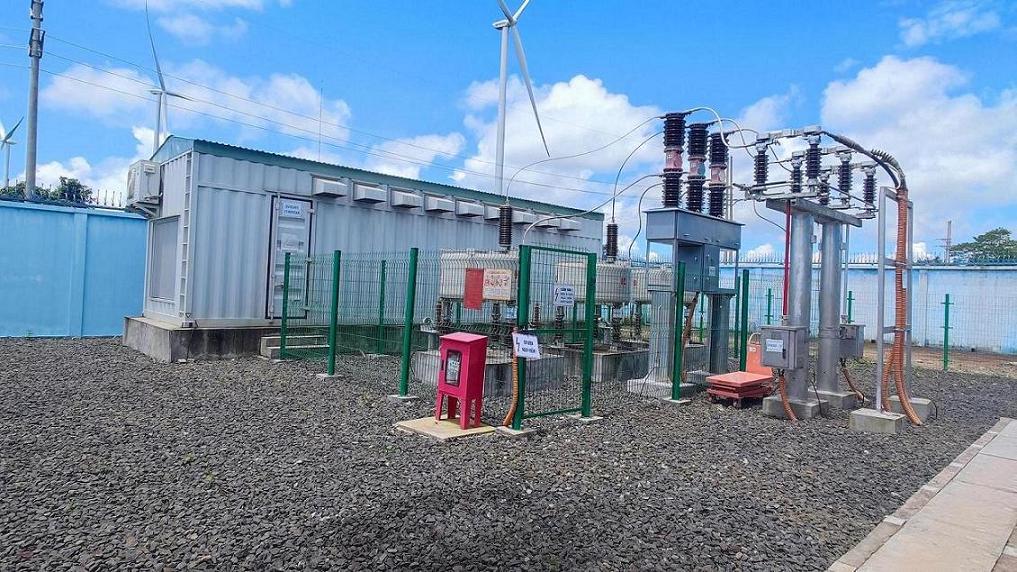
| Feature | Statcom | SVC |
| Speed | Faster (ms)✅ | Slower (cycles) |
| Low-Voltage Support(LVRT) | Excellent✅ | Poor |
| Footprint | Compact✅ | Bulky |
| Harmonics | Low✅ | High |
| Efficiency | Better✅ | Higher losses |
| Cost (Small-Medium) | Competitive✅ | Cheaper for large scale |
| Complexity | Higher (VSC tech) | Simpler (thyristors)✅ |
For modern grids, renewables, and dynamic voltage control, STATCOM is the superior choice due to its speed, compactness, and superior low-voltage performance. However, SVCs remain relevant for large-scale, cost-sensitive projects with less stringent response requirements.
Need help selecting the right solution for your project? Let us know your voltage level, MVAR needs, and application! sales@yt-electric.com
Here are the detailed technical specifications for a Medium Voltage STATCOM system, covering key parameters required for procurement, design, and deployment:
| Technical Specifications | |
| General Parameters | |
| Parameters | Specifications |
| Rated Voltage | 3.3kV~35kV(3.3kV/6.6kV/11kV15kV/20kV/25kV/33kV/35kV)±10% |
| Rated Reactive Power | 1MVAr~100MVAr |
| Response time | No more than 10ms |
| Cooling system | Air cooled or liquid cooled system |
| Control modes | Voltage regulation, PF correction, VAR control |
| Communication protocol | IEC 61850, Modbus, DNP3, SCADA integration |
| Electrical Characteristics | |
| Voltage Operation Range | 0.8 pu to 1.2 pu |
| Frequency Range | 47–52 Hz or 57-62Hz |
| Harmonic Distortion (THD) | <3% (IEEE 519 compliant) |
| Overload Capacity |
1.1 times continuous operation,Alarm after 3 minutes 1.2 times trip after 1 minute 1.3 times trip instantaneously |
| Mechanical Design |
|
| Enclosure | Indoor type or outdoor container type |
| IP Rating | IP30(Indoor), IP54(Outdoor) |
| Cooling system | Air cooled or liquid cooled system |
| Protection & Safety Features |
|
| Overcurrent, overvoltage, undervoltage protection |
|
| Short-circuit withstand capability (1 sec) |
|
| Redundant control systems (N+1 configuration) | |
| Fire suppression system (for liquid-cooled units) | |
| Control System |
|
| Digital controller (DSP/FPGA-based) | |
| Real-time monitoring (voltage, current, VAR flow) | |
| Auto-tuning algorithms for dynamic response | |
| Auxiliary power supply |
|
| 400Vac ,220Vdc, 110Vdc |
|
Need help selecting the right solution for your project? Let us know your voltage level, MVAR needs, and application! sales@yt-electric.com
High voltage dynamic compensation(SVG Statcom) in power distribution system
1. Overview of the Project
In metallurgical enterprises, the power distribution system has a lagging power factor and frequently changing reactive and active loads. The large fluctuation and instability of reactive current cause voltage fluctuations in the system, which have a serious impact on the safe operation of the power grid and other equipment. If domestic electricity is also connected to the same power grid, system voltage fluctuations will cause lights to flicker and interfere with motors and other electrical equipment.
The use of a Static VAR generator (SVG/Statcom) in the distribution system can overcome the above problems because it can provide the transient reactive power required by the distribution system at any time, thereby stabilizing its power supply system. In addition, it also brings great benefits to the metallurgical industry itself, because the stability of the power supply voltage enables the most effective use of the distribution transformer and can provide stable distribution power; eliminating the flow of reactive current can reduce the loss of lines and substation transformers. The system power factor will also be significantly improved. The investment in these efficient equipment also reduces its operating costs.
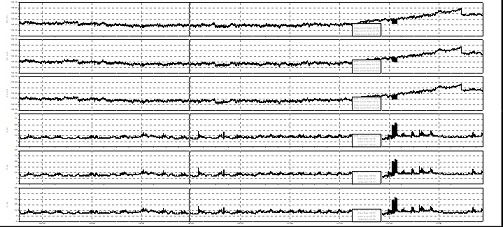 |
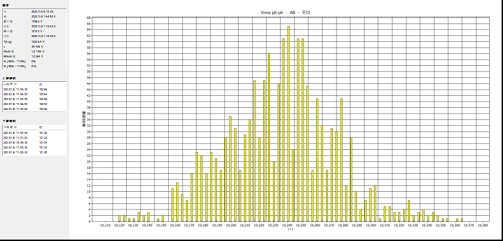 |
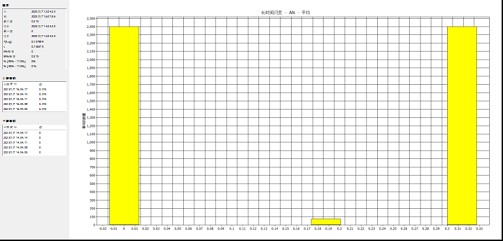 |
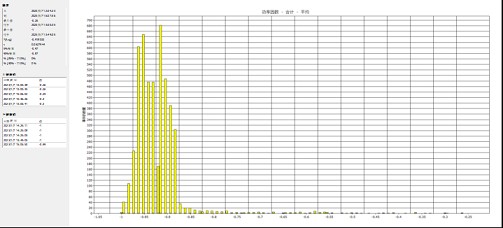 |
According to the power of the device, the total compensation capacity of the busbar in section I is set at 2Mvar, and the SVG/Statcom needs to be connected to the 11KV busbar through a high-voltage switch cabinet. The device tracks the changes in the power quality of the 11KV busbar and adjusts the reactive power output according to the changes. It can achieve continuous and rapid adjustment of the reactive power of a single set of equipment from 0 to 2Mvar, and the power factor and harmonic current can meet the national standard requirements.
According to the power of the device, the total compensation capacity of the busbar of section II is set at 3Mvar, and the SVG/Statcom product needs to be connected to the 11KV busbar through a high-voltage switch cabinet. The device tracks the changes in the power quality of the 11KV busbar and adjusts the reactive power output according to the changes. It can achieve continuous and rapid adjustment of the reactive power of a single set of equipment from 0 to 3Mvar, and the power factor and harmonic current can meet the national standard requirements.
2. Power quality problems of the Project
The power supply provides active power PS and reactive power QS (which may be inductive reactive power or capacitive reactive power). Ignoring the transformer and line losses, we have,. A power grid without sufficient reactive power compensation has the following problems:
1) The power grid transmits reactive power from a remote location;
2) The reactive impact of the load affects the power supply quality of the local power grid and the upper power grid;
3) The imbalance and harmonics of the load will also affect the power quality of the power grid;
Therefore, the power system generally requires necessary reactive power, imbalance and harmonic compensation for the power load to improve the load-carrying capacity of the power system, purify the power grid, and improve the power quality of the power grid.
3. SVG/Statcom for reactive power compensation, harmonics filtering, voltage support.
3.1 Design target
1) Maintain power factor at 0.95 and above (settable);
2) Stabilize system voltage (settable);
3) Harmonic current meets national standards;
4) Dynamic compensation rated output current THD≤3%;
5) Compensate reactive capacity automatically tracks grid changes;
6) Dynamic compensation response time≤5ms;
7) Allow short-term overload capacity 1.2 times;
8) Complete protection function;
9) Friendly human-machine interface;
10) Flexible communication interface, remote monitoring of equipment operation and recording of operation data;
3.2 Technical requirements for SVG/Statcom
The complete set of Statcom shall meet the technical requirements of reactive power, voltage regulation, power factor and harmonic control, and shall meet the following technical indicators:
1) Output capacity
The complete set of devices takes the bus side power factor or bus voltage as the control target, and the rated compensation capacity of the SVG/Statcom device is continuous and smooth adjustment within the range of 0 to 4Mvar.
2) Response time
The SVG/Statcom device can dynamically track the changes in grid voltage and dynamically adjust the reactive output according to the changes to achieve the function of stabilizing voltage. The dynamic response time is no more than 5ms.
3) Overload capacity
The complete set of devices shall have a certain overload capacity, and the overload reactive compensation capacity shall be 110% of the rated capacity of the complete set of devices for long-term operation;
4) Cooling method
The complete set of devices adopts air cooling, which has advanced technology, safe and reliable operation, and adapts to the on-site environment.
5) Harmonic voltage
The total distortion rate of harmonic voltage, odd harmonic voltage content rate, and even harmonic voltage content rate of the busbar injected into the system common connection point (P.C.C. point) meet the requirements of the standard.
6) Harmonic current
The harmonic currents injected into the busbar of the system common connection point (P.C.C. point) meet the requirements of the standard.
7) Three-phase voltage imbalance
The voltage imbalance caused by the busbar of the common connection point is ≤2%, which meets the requirements of the standard.
8) Voltage fluctuation
After removing the background voltage fluctuation, the voltage fluctuation d% of the busbar of the common connection point of the power grid is ≤2%, which meets the requirements of the standard.
9) Power factor
If the compensation capacity is sufficient and the active power is greater than 0.2MW, the monthly average power factor of the bus after compensation is greater than or equal to 0.95 (the power factor can be set in the human-machine interface), and there will be no overcompensation.
10) Input voltage range
The input voltage is allowed to vary from 90% to 115% of the rated voltage.
11) Input frequency range
The input frequency is allowed to vary from 48 to 51Hz.
12) Low voltage ride-through function
Meet the requirements of the standard.
3.3 SVG device operation scheme effect
1) The device needs to provide the grid-side current signals of the three phases A, B, and C of the 11KV busbar incoming cabinet on site. After the device is connected to the grid, it can be connected to the grid for 24 hours. The device will automatically track the changes in the power factor of the grid to maintain the power factor of the grid at a set value of 0.95-1 (without overcompensation).
2) When operating with the busbar voltage as the target, it will operate according to the target value set by the user.
3) The time period with power factor as the target or grid-side voltage as the target can be freely set.
Subscribe to us to enjoy event prices and get some of the best prices.
 IPv6 network supported
IPv6 network supported

